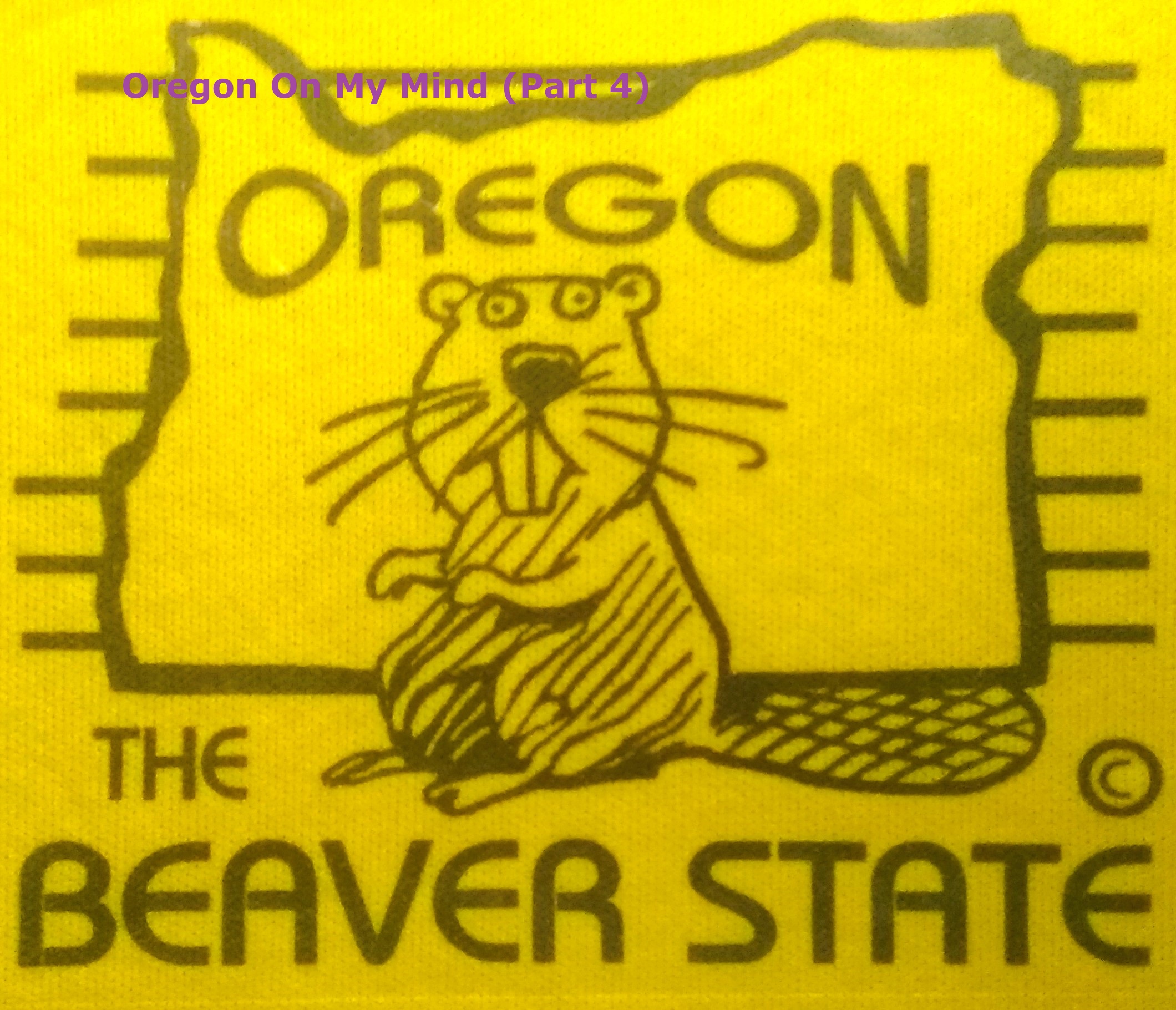Oregon On My Mind (Part 4)
A front page story about the death of a Portland homeless man appeared in the Saturday, July 29th edition of the NY Times. The headline read: “A Homeless Crisis is a test of Portland’s Identity.”
To summarize, a downtown fentanyl addict, a homeless young man, was befriended by a young man who worked as a paramedic and lived in nice apartment in the neighborhood where the addict lived on the streets. The young man tried to help the homeless man, as did others, but the addict eventually overdosed and died.
It was a sensitive and heartbreaking feature and the focus on one person who died was an interesting editorial approach. But there were so many questions the reporter could have asked, but did not. For example, he should have asked the young man who was trying to help the addict: did you ever ask about his drug abuse?
I know from personal experience with members of the Old Crow Club that once trust is established with homeless people, at least the ones I’ve been around, it is acceptable, even required to ask this question of someone you are trying to help so you can determine what level that person can reciprocate. If they can’t reciprocate in some meaningful way, the help probably isn’t going to work. This is something that is never discussed in the homeless advocacy media, because, I believe, they think it smacks of judgment and paternalism. Bullshit!
It took me a long time to get there with the homeless men and women in my neighborhood. The book had to come out before I go deeper. Now it seems perfectly natural to do so.
A recent encounter with the homeless, however, did not provide me a way to go deeper because it simply wasn’t possible.
The encounter went like this: a few days ago, on my morning walk through the park with my neighbor’s kooky rescue mutt, we rounded a corner and approached a baseball diamond when from a distance, I saw two people on a strip of grass next to a parking lot. One was sitting, the other standing. Scattered around them were possessions, including a large cooler and bike.
Naturally I steered the dog in the direction of the couple because that’s what I do every time I see homeless people.
As I approached, I determined it was a man who was standing and a woman who was sitting. The woman was youngish, cream-colored in the face with long frizzy hair. The man was short and appeared identical to the indigenous people of Mexico I observed decades ago on my travels in Central Mexico.
The woman saw me, waved and said hello with gusto and a big smile. I stopped ten feet away from her and the dog came to a perfect heel and stared at the woman.
It was then I noticed that she wore a black blanket over her shoulders that didn’t really hide her ruffled pink bra. The man didn’t say anything but had a pleasant face and a parted head of big hair straight out of the 70s.
The possessions around them made no sense. There weren’t any clothes or food. It was mostly children’s toys and, well, unknown shit.
I saw the woman’s arms covered in symbols and lettering, written with a Sharpie.
She asked me to call an emergency number that I didn’t catch. She said her sister had been with her at this very spot two hours ago. Then a man in a van who was an undercover cop picked her up and whisked her away to do drugs and have sex. He’d also stolen the sitting woman’s phone. She asked the standing man to confirm the incident and he did.
I asked her questions about the man in the van and who or what organization I was supposed to call (I didn’t have my phone on me). She answered me but the answers made no sense. She said she was a volunteer fire fighter and pointed to something standing upright next to her that I had inexplicably failed to notice: a brand new fire extinguisher, industrial grade, not some home office thing. She said she put out fires around town with it. Mostly downtown, but she was through with downtown and that’s why she had relocated to the neighborhood.
Every once and a while, I looked at the dog look at the woman and man. He was utterly confused but remained motionless and didn’t utter a sound. As John Steinbeck once wrote about dogs, “Who said the thoughts of dogs are not deep?” (This is a crude paraphrase from a line in Travels With the Charley.)
I told her I had to get going and wished her a good day. As I was ready to depart, she complimented the dog’s orange color and my Western shirt. Why is that so many homeless people like my Western shirts and corduroy outfits? This is a great, great mystery to me.

